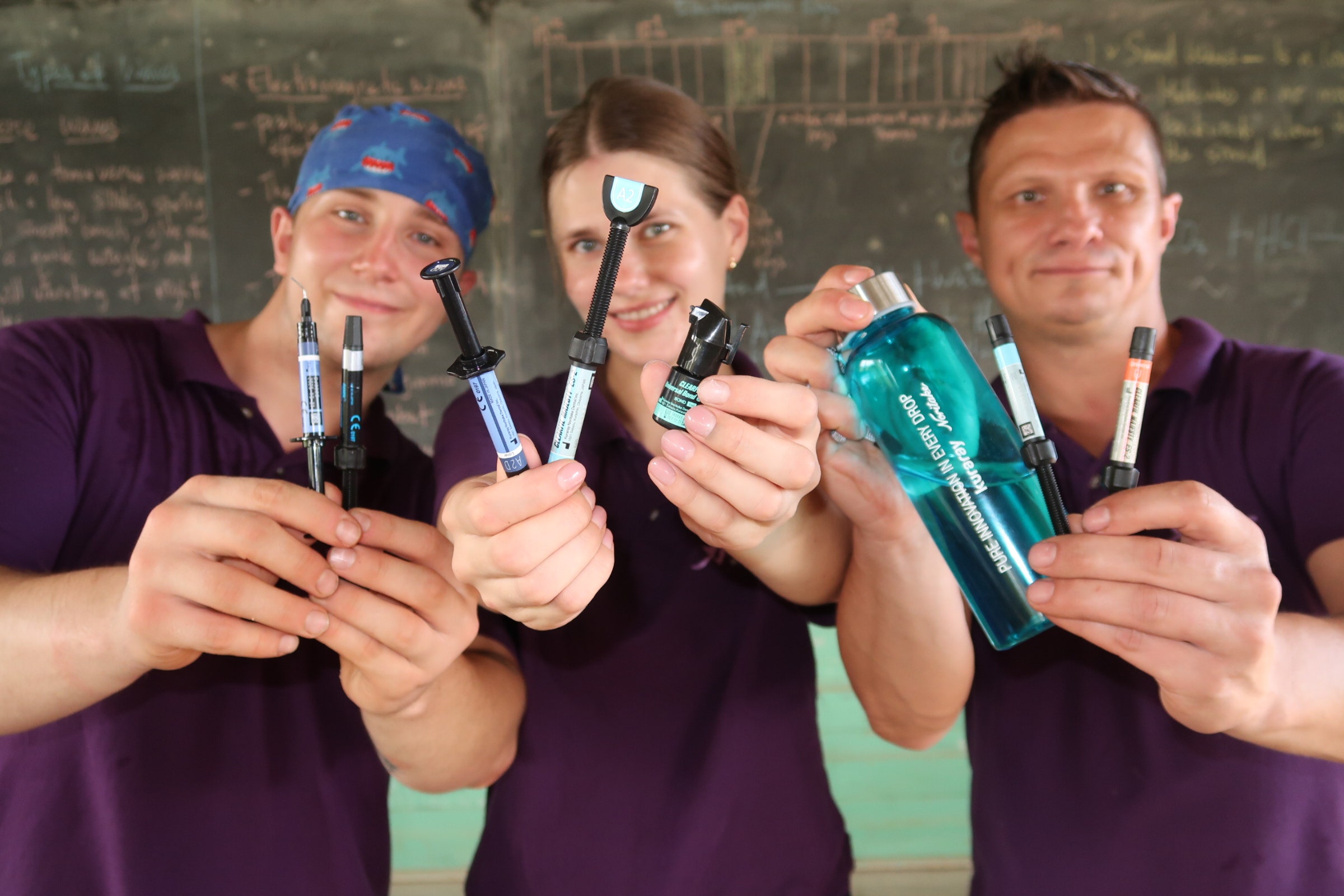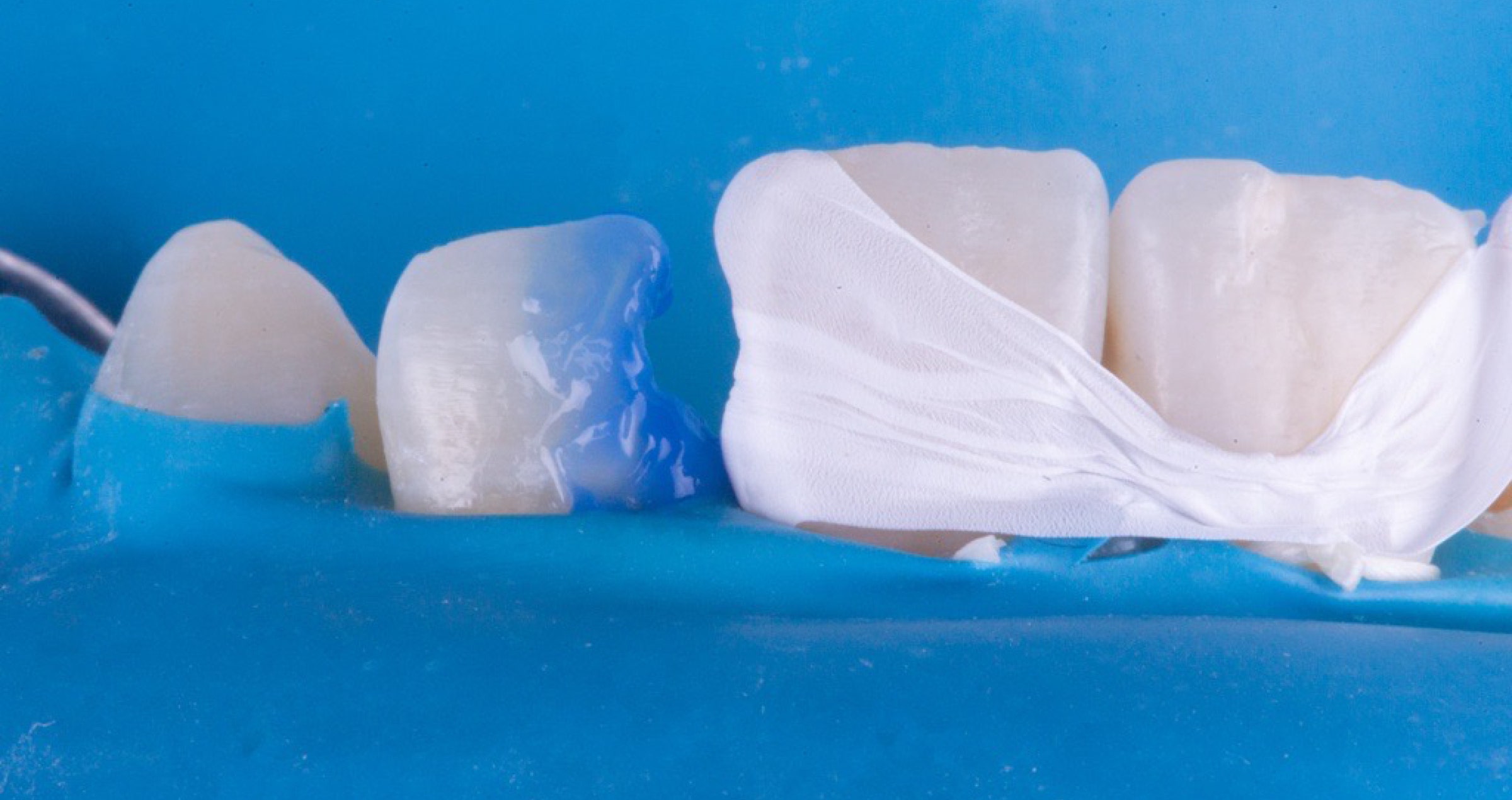Clearfil SE Bond
Clinically proven
13 years of clinical evaluation show exceptional results for SE Bond.
The clinical effect of CSE in non-carious class V lesions remained excellent after 13 years. Selective etching on the enamel margins had only a limited positive effect on marginal integrity and absence of marginal colouring.
This is the conclusion of the study that was published last year:
A thirteen-year randomised, controlled clinical trial of a two-step self-etch adhesive in non-carious cervical lesions, by M. Peumans and colleagues from KU Leuven BIOMAT. Dental Materials 31 (2015) 308-314
This publication comprises the evaluation of the study after 13 years; the evaluations after 3, 5 and 8 years have already been published. NCCL’s (non-carious cervical lesions) are the most suitable treatments for the clinical testing of bond effectiveness. Only a limited number of studies with long-term results are available, and 13 years is the longest evaluation period to date.
So far, CSE is the only bonding to perform so well over such a long period of time.
Loss of retention is the most objective parameter in establishing the effectiveness of bonding in such a clinical test. The 13 year retention rate of CSE was high in this clinical test: no less than 96%!
In the course of this study, half the cavities were treated with CSE without the etching of the enamel margins with phosphoric acid; the other half were treated with selective etching of the enamel. Etching or non-etching of the enamel margins had no effect on the retention rate.








